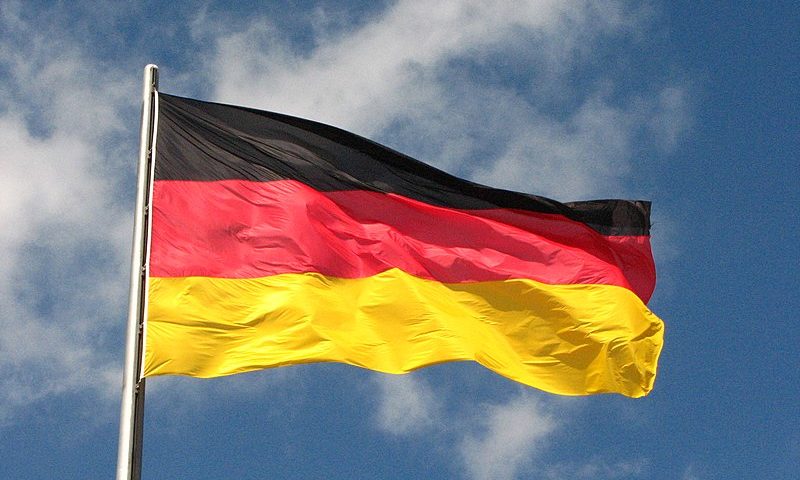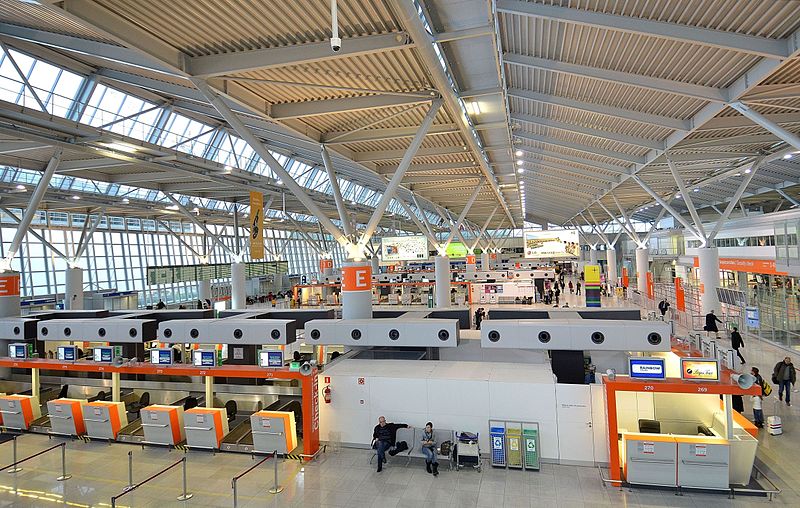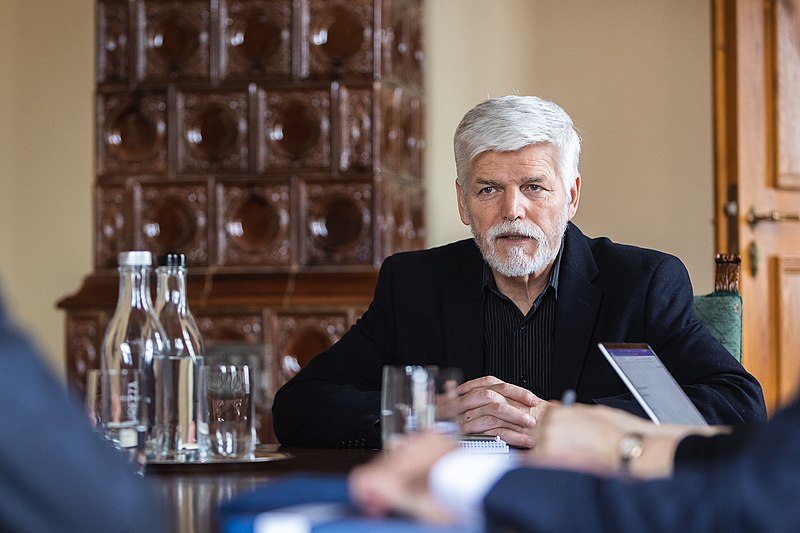
Furious seaside resident left ‘shaking’ after parking row with ‘screaming’ tourist
August 21, 2022
Chelsea player ratings: Cucurella impresses but Mendy has horror show in 3-0 Leeds mauling
August 21, 2022
The European Commission has approved, under EU State aid rules, a German scheme to partially compensate energy-intensive companies for higher electricity prices resulting from indirect emission costs under the EU Emission Trading System (‘ETS’).
Executive Vice-President Margrethe Vestager, in charge of competition policy, said: “This €27.5 billion scheme will allow Germany to reduce the impact of indirect emission costs on its energy-intensive industries and hence the risk that these companies relocate their production to countries outside the EU with less ambitious climate policies. At the same time, the measure will facilitate a cost-effective decarbonisation of the German economy in line with the Green Deal objectives, while limiting possible distortions of competition.”
The German measure
The scheme notified by Germany, with a total estimated budget of €27.5 billion, will cover part of the higher electricity prices arising from the impact of carbon prices on electricity generation costs (so-called ‘indirect emission costs’) incurred between 2021 and 2030. The support measure is aimed at reducing the risk of ‘carbon leakage’, where companies relocate their production to countries outside the EU with less ambitious climate policies, resulting increased greenhouse gas emissions globally.
The measure will benefit companies active in sectors at risk of carbon leakage listed in Annex I to the Guidelines on certain State aid measures in the context of the greenhouse gas emission allowance trading scheme post-2021 (‘ETS State aid Guidelines’). Those sectors face significant electricity costs and are particularly exposed to international competition.
The compensation will be granted to eligible companies through a partial refund of the indirect emission costs incurred in the previous year, with the final payment to be made in 2031. The maximum aid amount will be generally equal to 75 % of the indirect emission costs incurred. However, in some instances, the maximum aid amount can be higher to limit the remaining indirect emission costs incurred to 1.5 % of the company’s gross value added. The aid amount is calculated based on electricity consumption efficiency benchmarks, which ensure that the beneficiaries are encouraged to save energy.
The beneficiaries bear a certain share of their indirect emission costs, corresponding to 1 GWh of electricity consumption per year, for which no aid will be granted. Moreover, no aid will be granted for the consumption of self-generated electricity from installations put into operation before 1 January 2021, for which the beneficiary is entitled to remuneration under the German Renewable Energy Act.
In order to qualify for compensation, companies will have to either (i) implement certain measures identified in their ‘energy management system’ (i.e. the companies’ plan setting energy efficiency objectives and a strategy to achieve them) or (ii) cover at least 30% of their electricity consumption with renewable sources (through on-site renewable energy generation facilities, power purchase agreements or guarantees of origin). Furthermore, as of 2023, companies must make additional investments so that, in total, they invest at least 50 % of the aid amount to implement economically feasible measures identified in the energy management system or decarbonize their production process.
The Commission’s assessment
The Commission assessed the measure under EU State aid rules, and in particular the ETS State aid Guidelines.
The Commission found that the scheme is necessary and appropriate to support energy-intensive companies to cope with the higher electricity prices and to avoid that companies relocate to countries outside the EU with less ambitious climate policies, resulting in an increase in global greenhouse gas emissions. Moreover, the Commission found that the scheme complies with the requirements on energy audits and management systems set out in the ETS State aid Guidelines. It therefore supports the EU’s climate and environmental objectives and the goals set in the European Green Deal. Furthermore, the Commission concluded that the aid granted is limited to the minimum necessary and will not have undue negative effects on competition and trade in the EU.
On this basis, the Commission approved the scheme under EU State aid rules.
Background
The European Green Deal, presented by the Commission on 11 December 2019, sets the goal of making Europe the first climate-neutral continent by 2050. The EU ETS is a cornerstone of the EU’s policy to combat climate change and a key tool for curbing greenhouse gas emissions cost-effectively. On 30 June 2021, the European Parliament and the Council adopted the European Climate Law endorsing the binding target to cut emissions by at least 55% by 2030, compared to 1990 levels.
On 21 September 2020, the Commission adopted revised ETS State Aid Guidelines in the context of the system for greenhouse gas emission allowance trading post-2021, as part of the modernisation of all carbon leakage prevention tools related to the EU ETS, such as free allocation of CO2 emission allowances. The revised ETS State Aid Guidelines entered into force on 1 January 2021 with the start of the new EU ETS trading period. They will apply until 2030, with a mid-term update of certain elements foreseen for 2025.
The non-confidential version of today’s decision will be made available under the case number SA.100559 (in the State Aid Register ) on the DG Competition website. New publications of State aid decisions on the internet and in the Official Journal are listed in the Competition Weekly e-News. Photo by fdecomite, Wikimedia commons.




